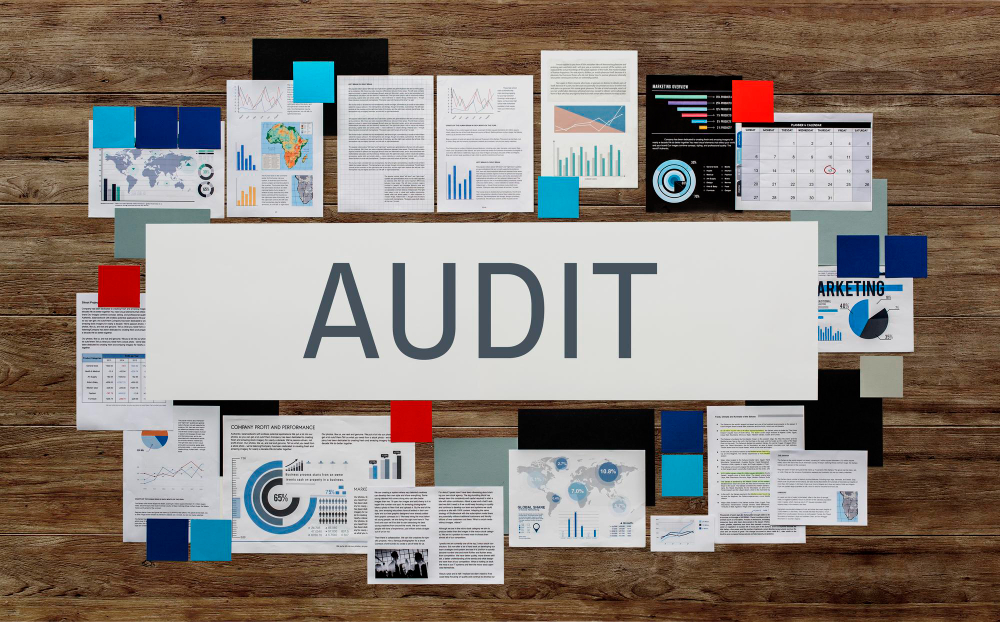The legal obligations for gender pay gap reporting are pretty straight forward. You simply need to publish six figures. These are your mean gender pay gap, median gender pay gap, mean bonus gender pay gap, median bonus gender pay gap, proportion of males and females receiving a bonus payment, and proportion of males and females in each quartile band.
And you’ve got until April 5 next year to do it, or slightly sooner— March 31 — if you are in the public sector. How could this possibly cause you a headache?
Well, when you start thinking about the potential impact from publishing the figures you quickly realise there could be numerous consequences.
What does good look like?
The first thing most people are asking is whether their figures will look comparatively good – or, not as the case might be. The truth is we don’t know what good looks like right now. We also don’t know how other organisations will present their findings or what mitigation they may provide.
However, organisations have been told (not asked) to publish these figures because gender pay gaps exist. The government wants this exposed to encourage organisations to take action.
Differences in pay may not be evident when men and women first enter the workforce but income levels do tend to differ as employees pursue their individual career paths. There may be a variety of justifiable reasons why a gap develops between men and women but the size of that gap may surprise you when you look at the averages.
Who will take notice?
The second thing to think about is who will pay attention to those averages? There are clearly groups with a vested interest, such as lobbyists and politicians. They will be eager to inspect the numbers and highlight any perceived inequalities.
Closer to home, your organisation’s employees will want to compare their income with the average. This is bound to have an impact on how valued they feel by their employer. As these figures will be published on company websites, there are also providing a very visible measurement for potential new recruits, who will look at these statistics when making a judgement on which companies they might like to work for.
We need to consider what all these people going to think when they look at those crude averages.
Scope for misinterpretation
There isn’t any requirement to provide additional commentary, but without it there is huge scope for the figures to be taken out of context. A high gender pay gap could easily be interpreted to mean that a company has gender pay inequality issues – when that may not be the case at all.
These figures do not take into consideration the composition of the workforce or the nature of the jobs being performed. They are averages across the whole workforce – not a direct comparison between two people performing the same or similar jobs. A failure to provide any explanation as to why a gender pay gap exists in your organisation would, however, leave people to draw their own conclusions.
Controlling the narrative
What’s clear is that if an organisation is going to tell the story behind the headline figures, they will have to conduct a more detailed level of analysis. They will need to go way beyond what they are legally obliged to provide.
In doing so, however, companies will gain a better understanding of what is truly happening within their organisation. The results will either help them to justify their current pay policies or help them realise that a problem might exist.
If the latter is true, organisations will still have time to take the actions required to rectify the issue before the deadline for publication arrives next year. And come March or April, when their figures go public and they come under scrutiny, organisations can be on the front foot when it comes to offering an explanation, highlighting what has already been done to tackle the problem and outlining their future plan of action.






